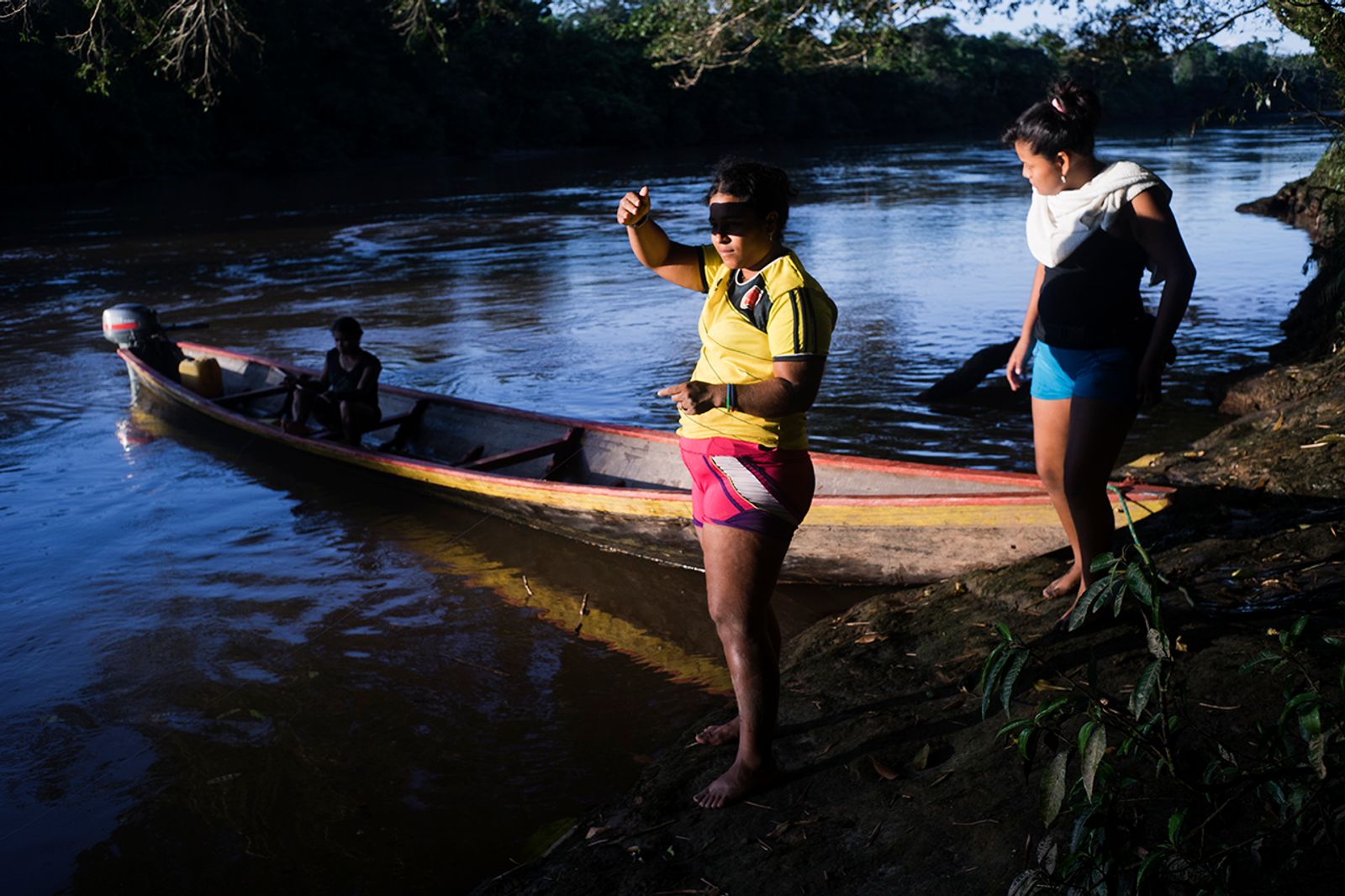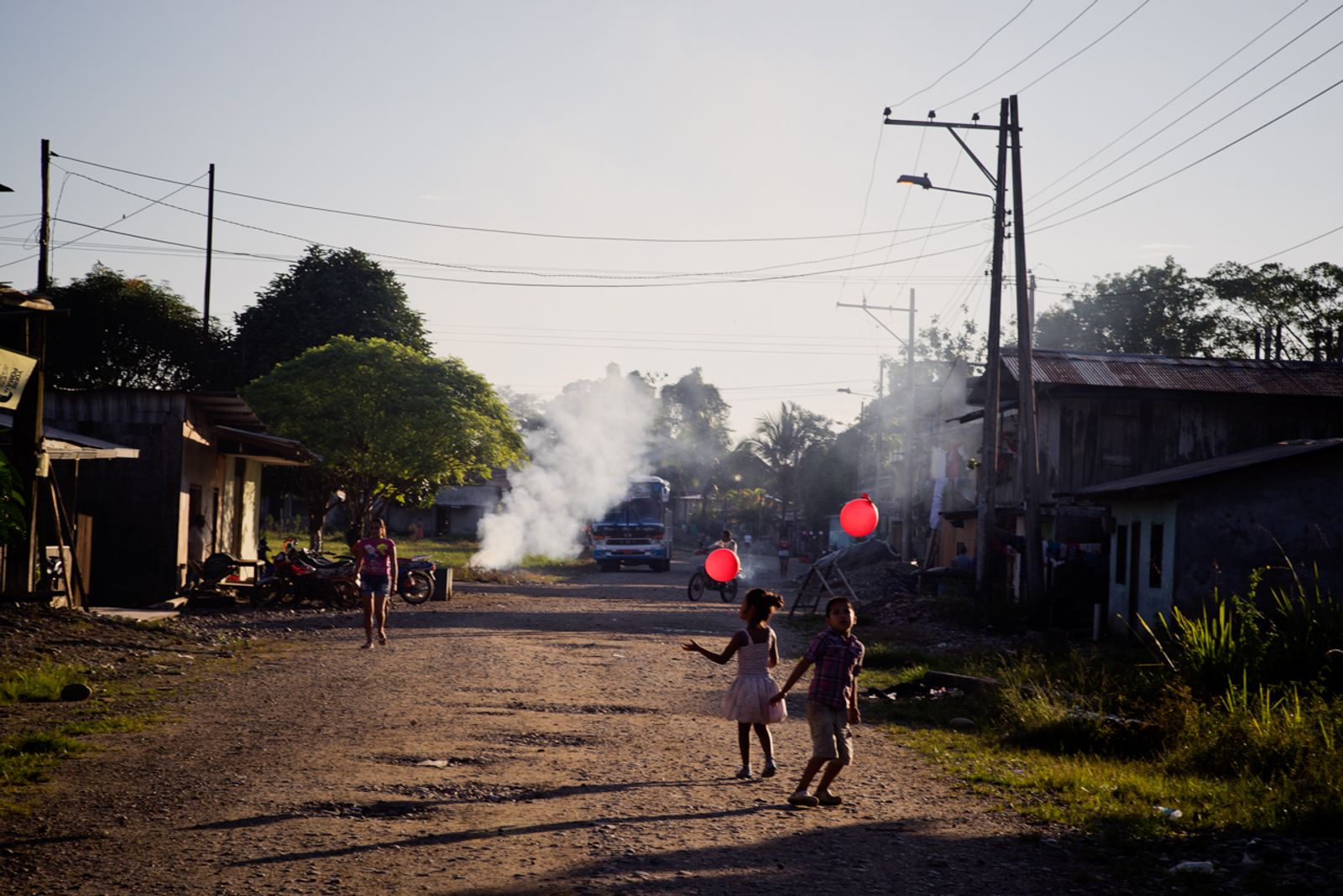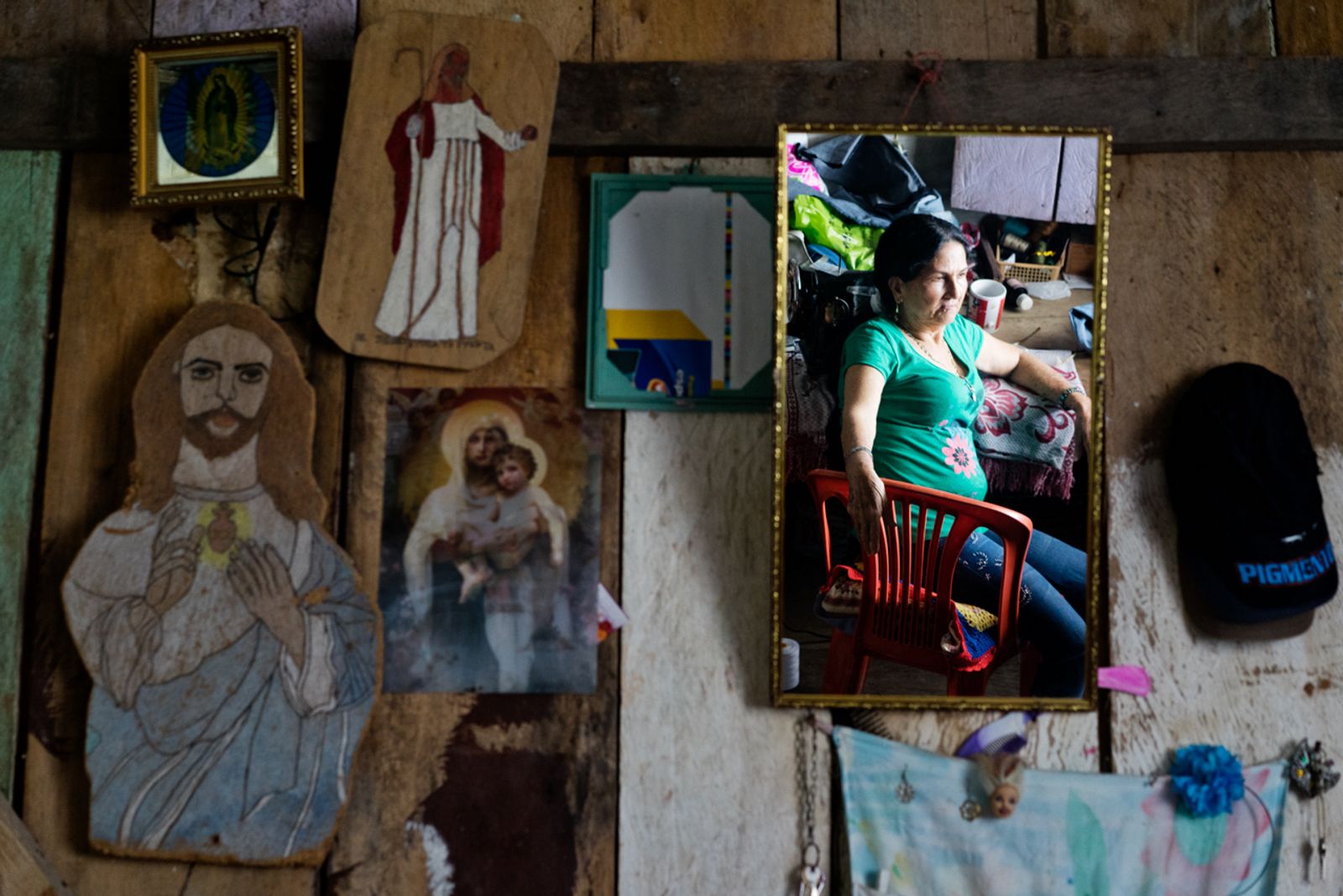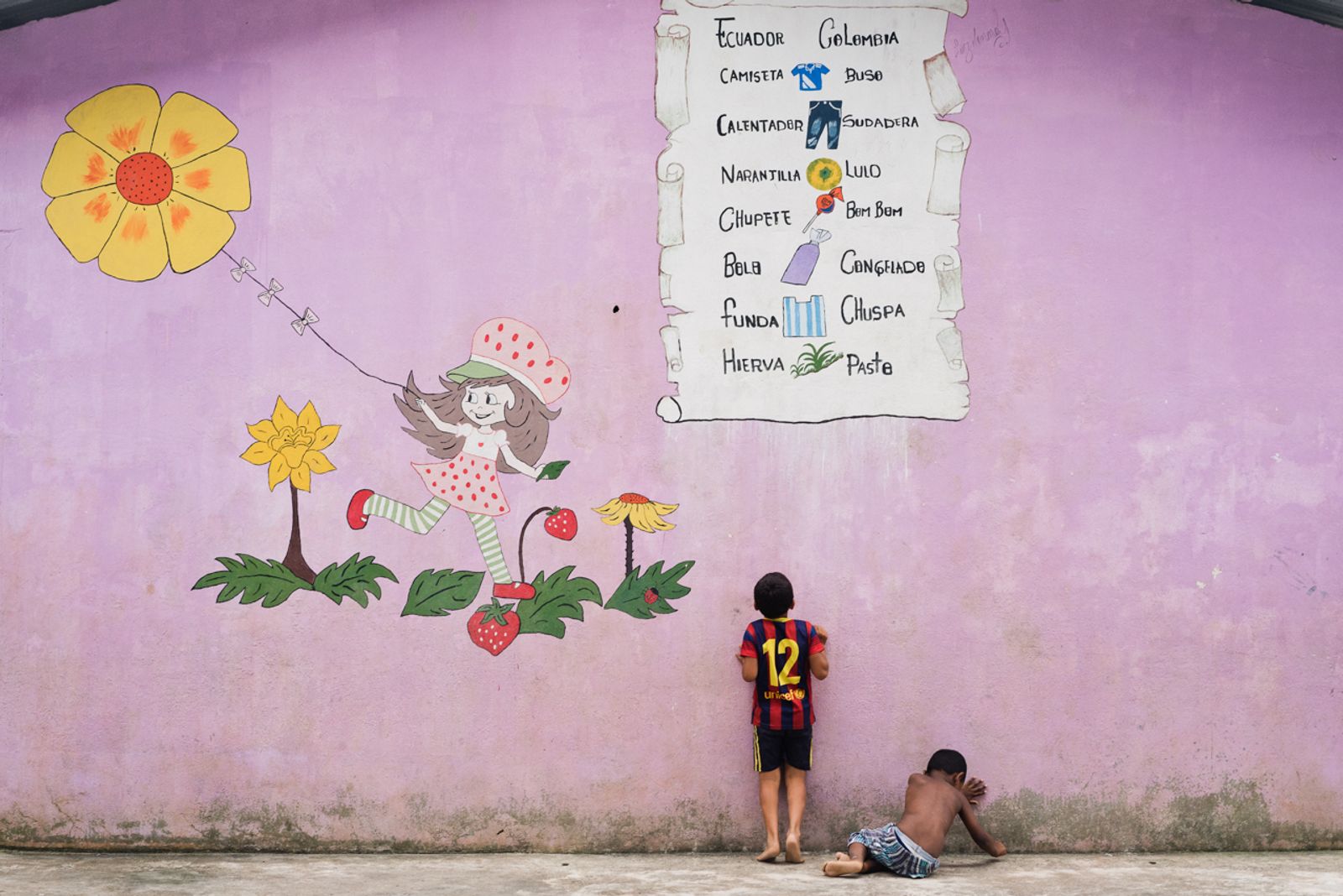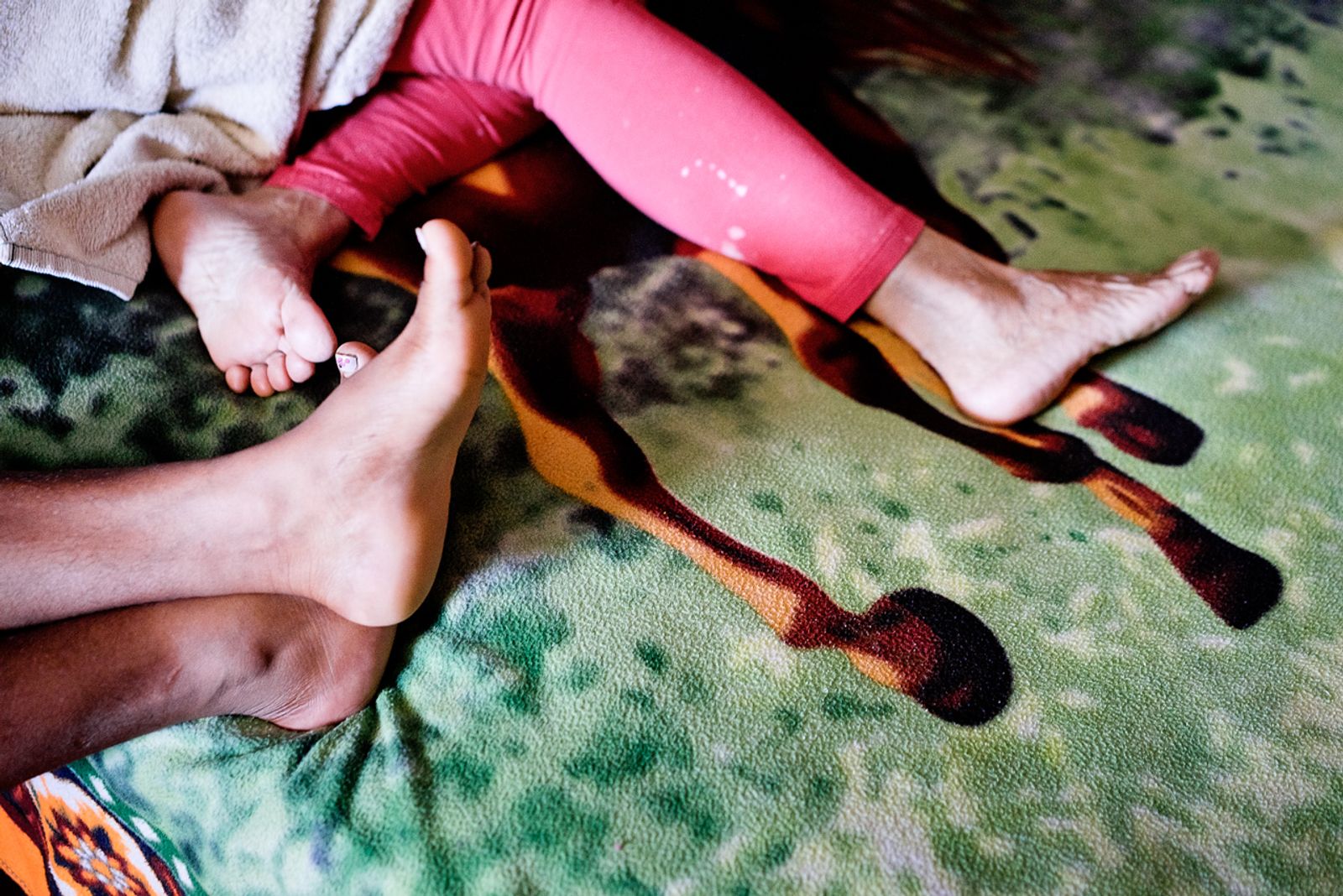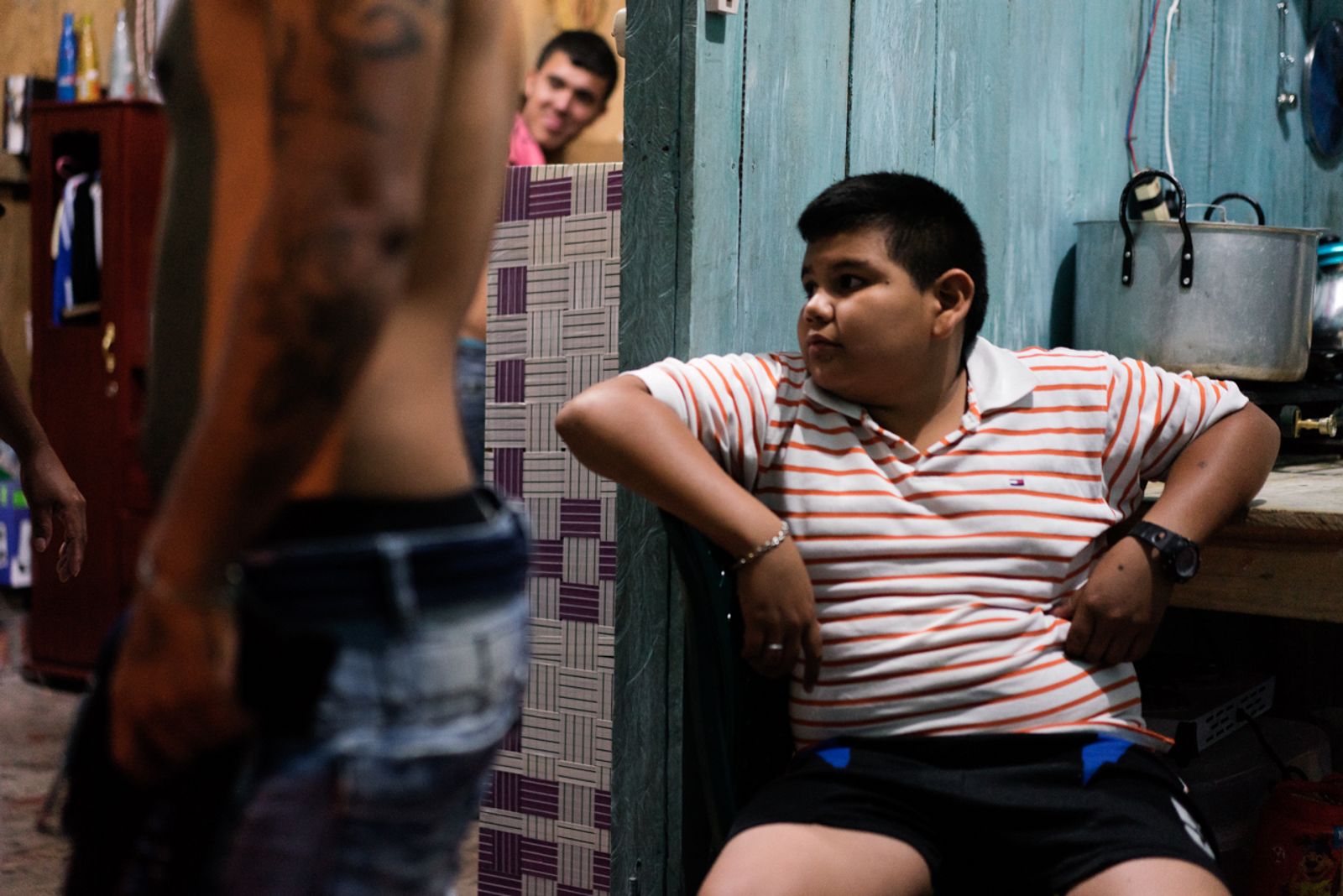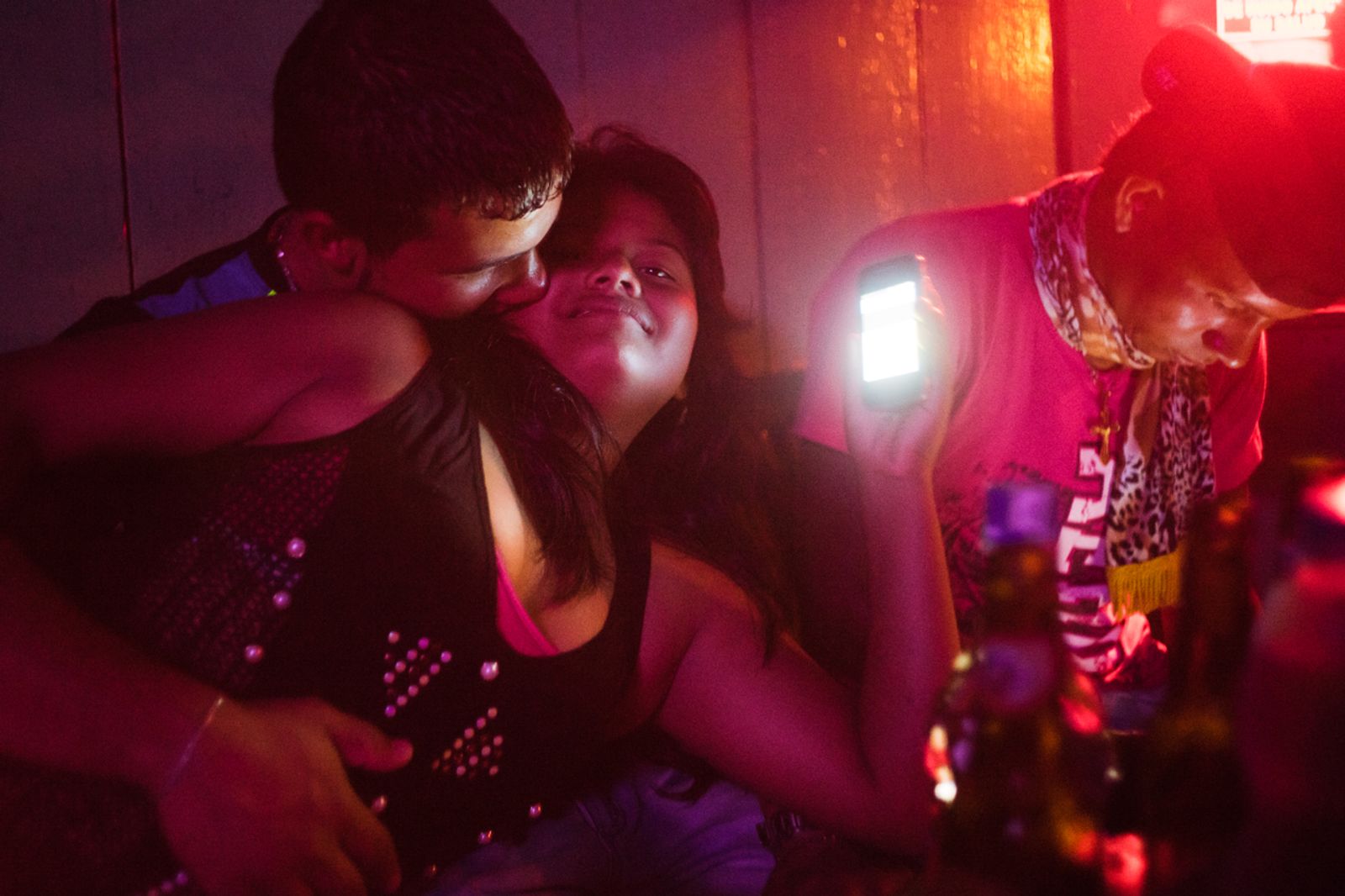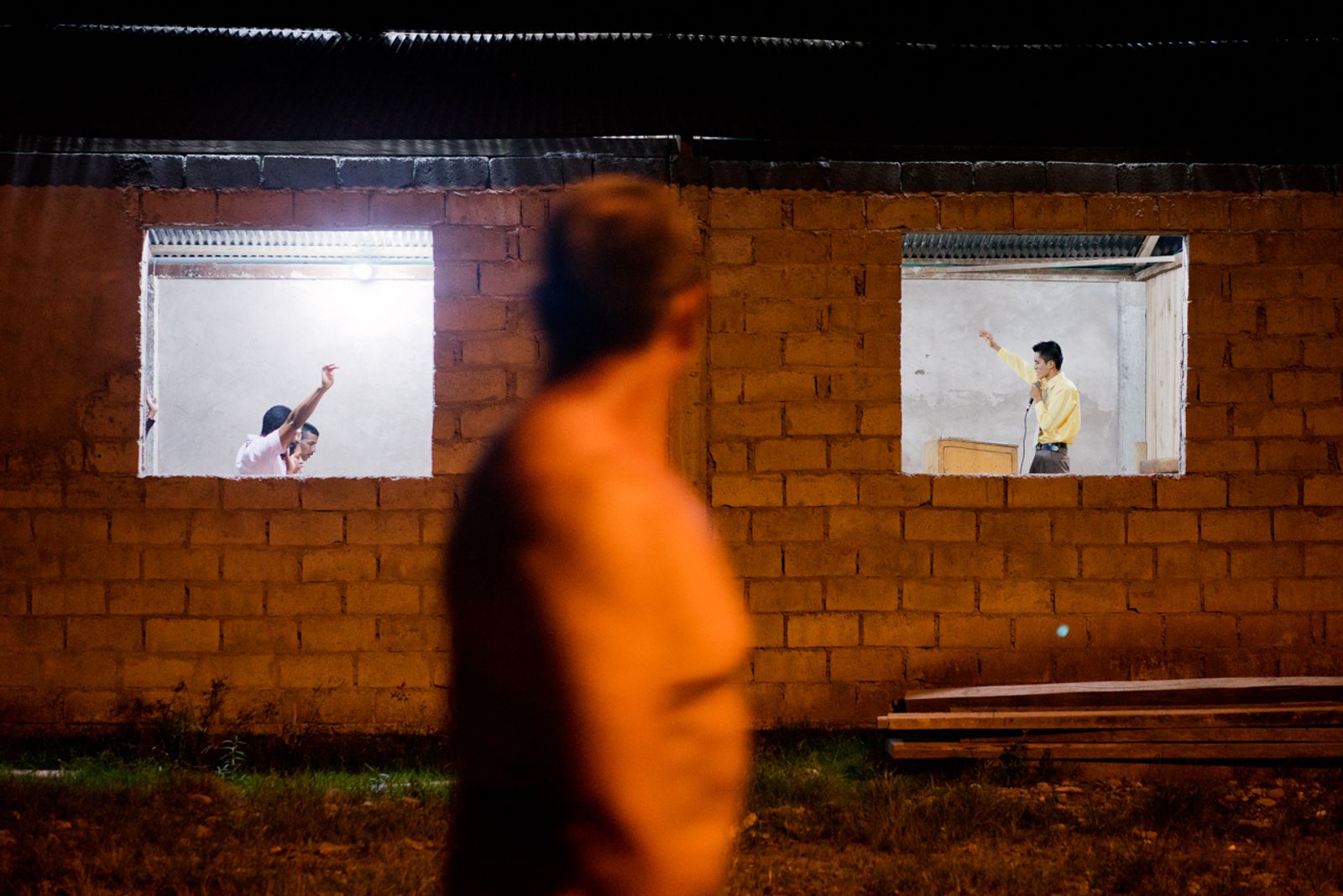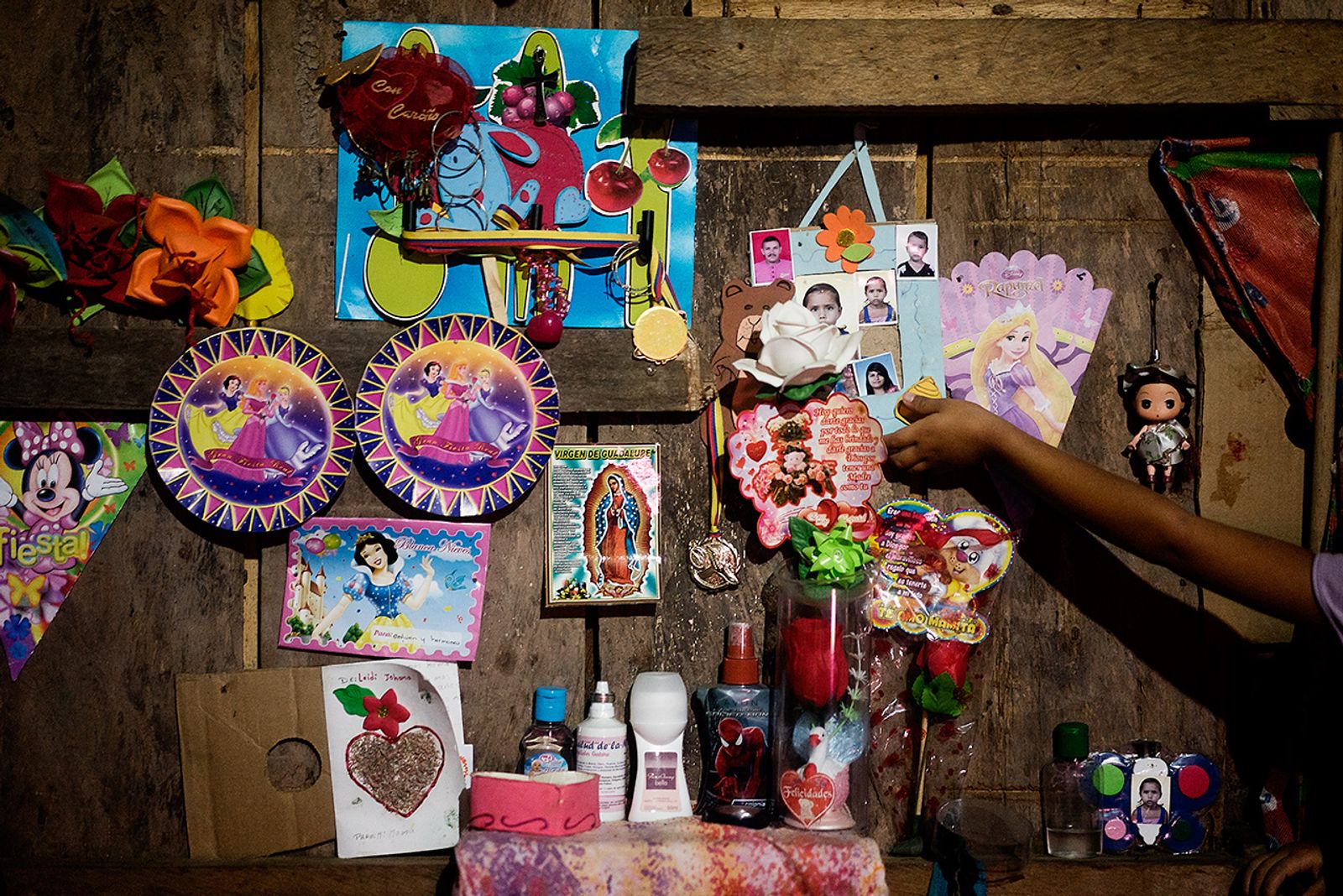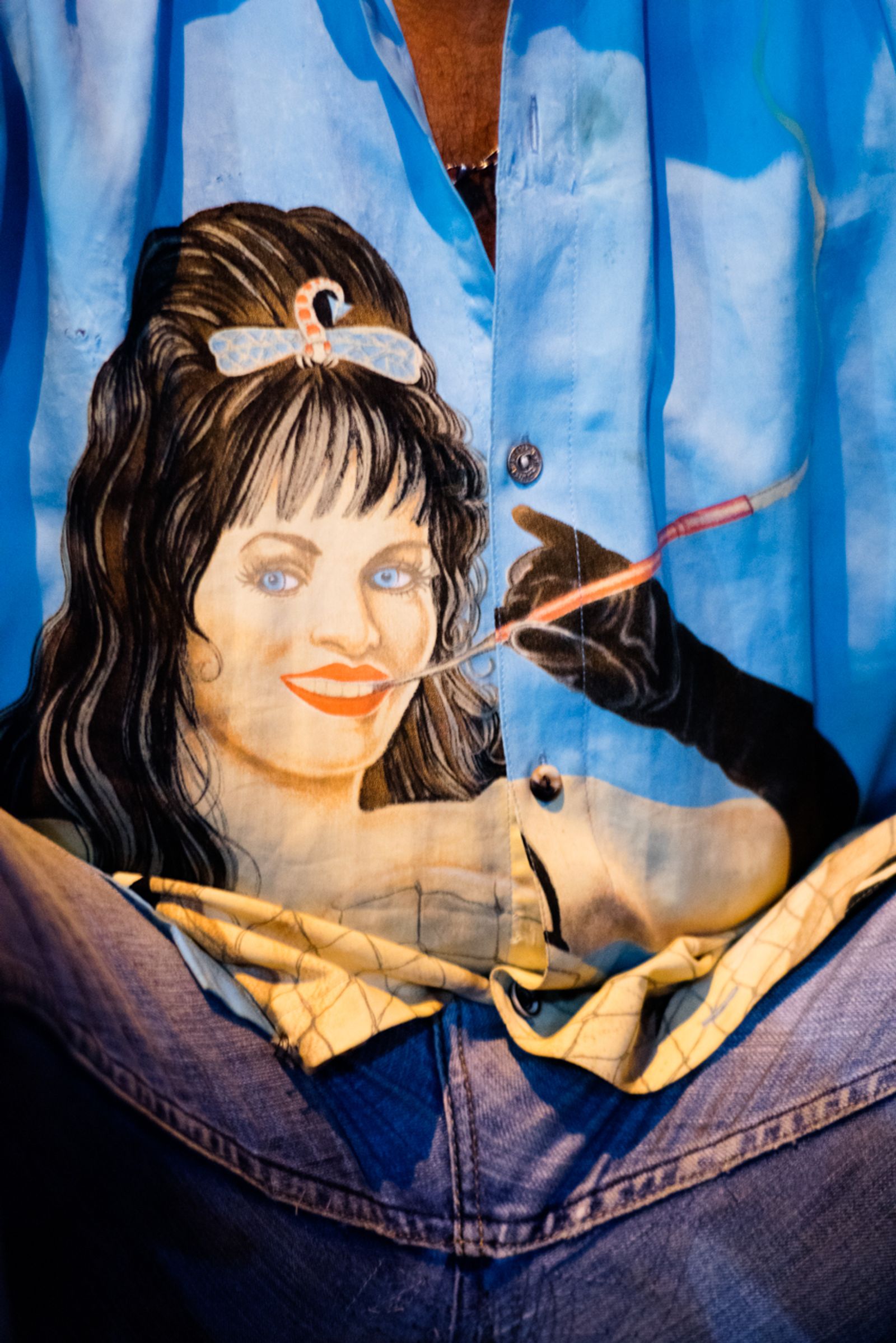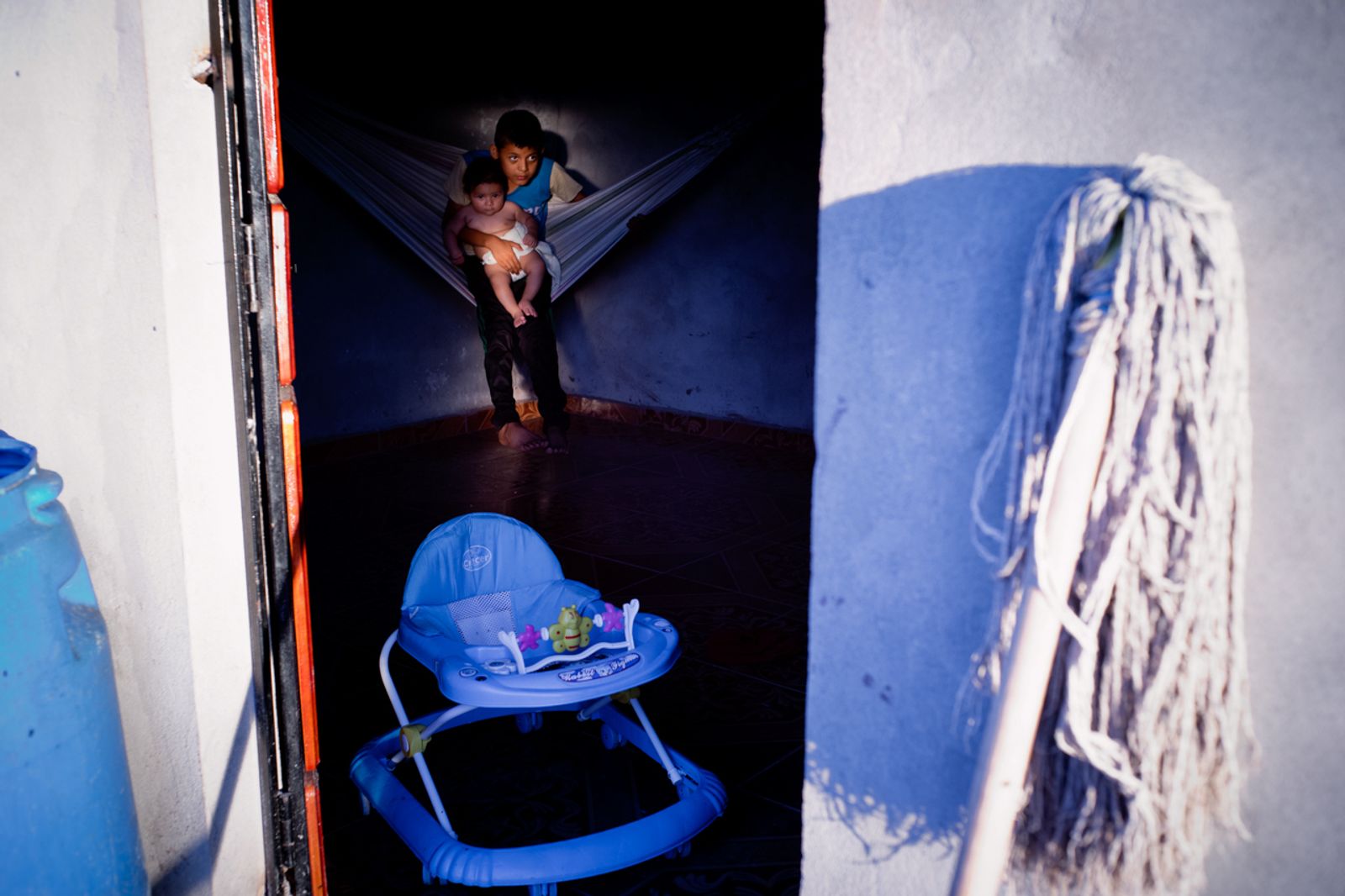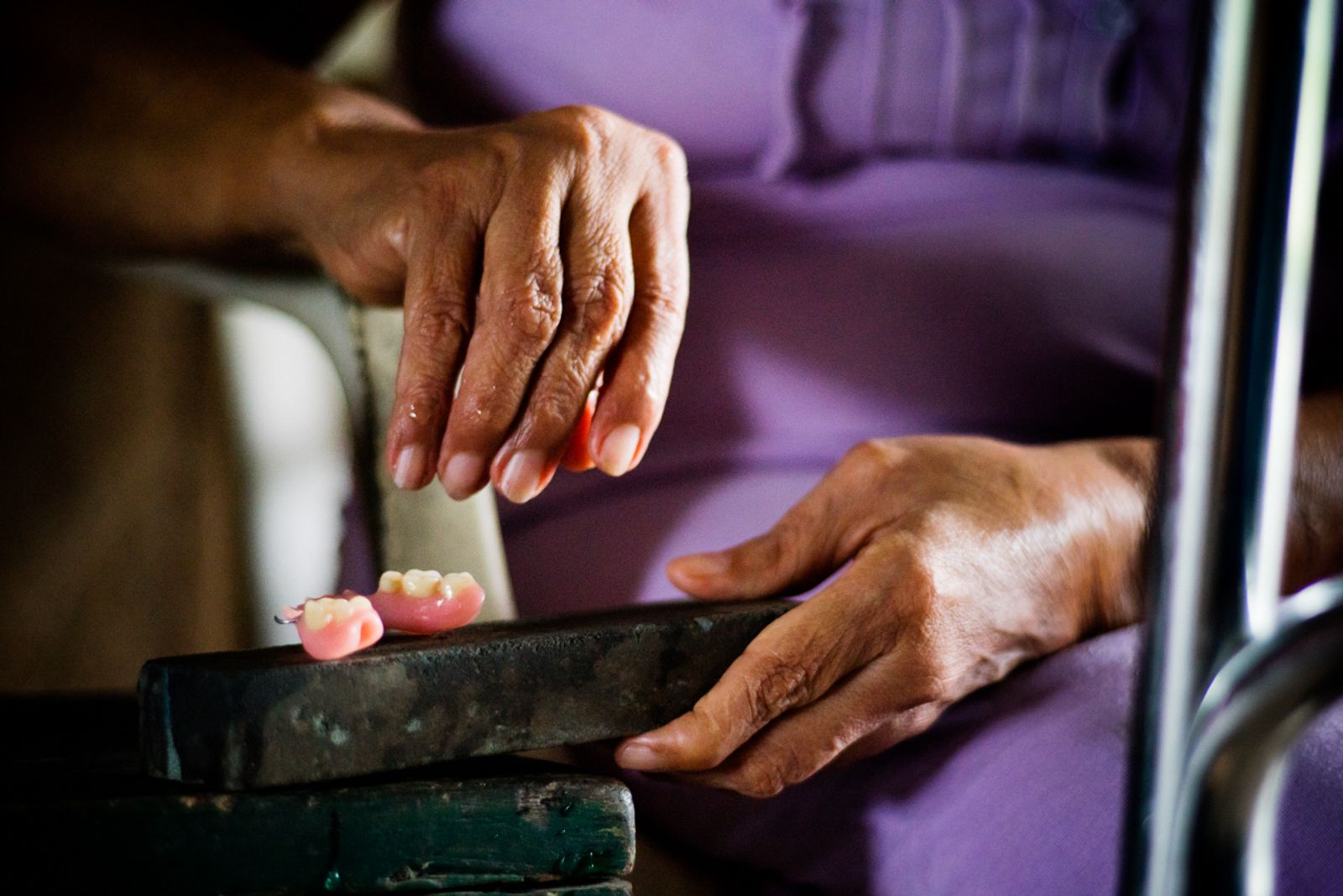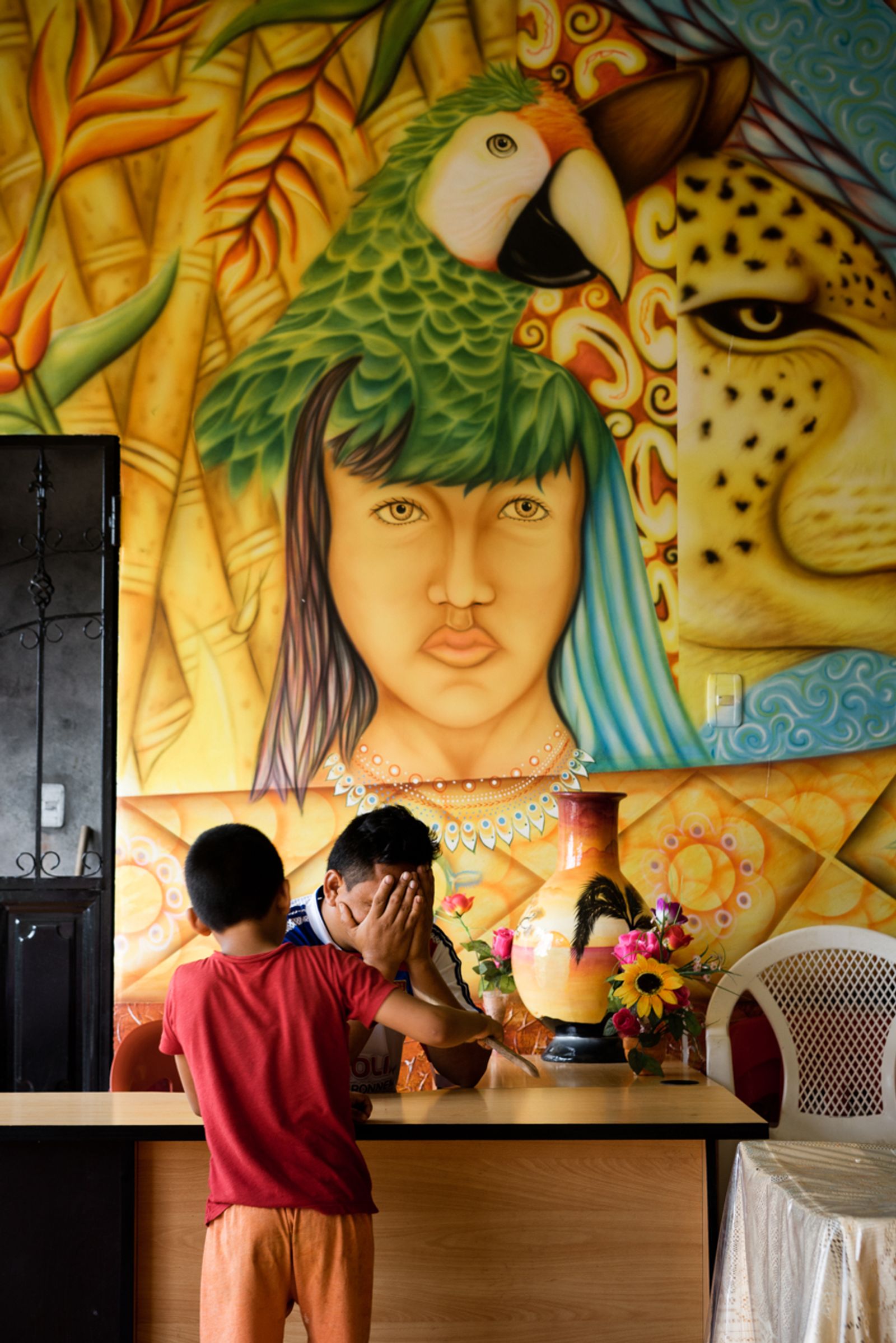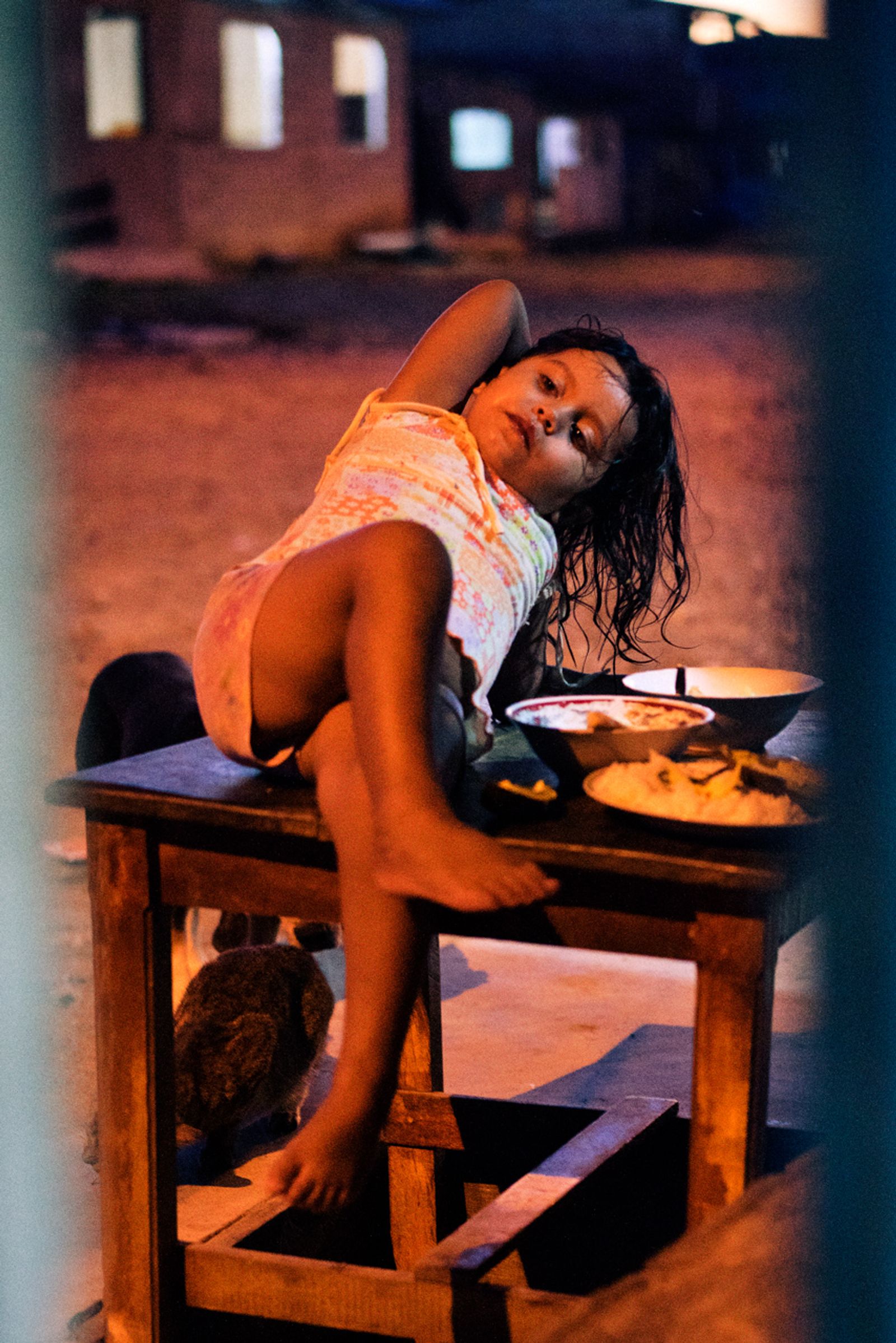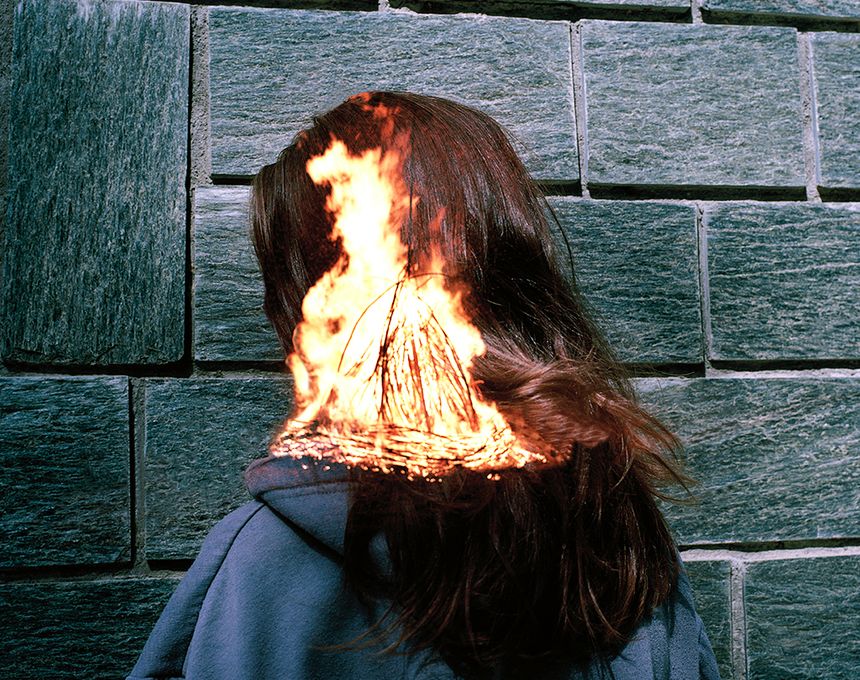Al otro lado (on the other side)
-
Dates2014 - Ongoing
-
Author
- Topics Social Issues, Contemporary Issues, Documentary
This is the everyday life of a small Ecuadorean village located on the border with Colombia. Colombians fleeing violence from fights between the FARC guerrilla and their government crossed the border to Ecuador and founded this town in 2001.
"You're gonna get mugged, kidnapped or killed!" - This is what I was told by friends and relatives when I explained them that I wanted to document the border region between Ecuador and Colombia. What happens along the thin line that divides both countries is little known; everybody assumes it is nothing good. These are marginalized, forgotten and dangerous territories.
My destination was Puerto Nuevo, a small village of around five hundred inhabitants, located on the banks of the San Miguel River, on the Ecuadorean side of the border. Colombians fleeing armed conflict in the south of their country founded it in 2001. The village is located in a hard to reach area, in an impoverished region forgotten by the governments of both countries. People here live with environmental pollution and other abuses inflicted by oil companies. The presence of state security forces is almost non-existent, a situation which isn't unique to this village.
According to UNHCR statistics, Ecuador has the largest population of refugees in the Americas and most of them are Colombians. Currently, peace talks between the FARC guerrilla and the Colombian government are being held in Havana, a situation that may bring changes for these people’s lives.
This is a documentary project that in no moment pretends to be objective. It is a documentary about a forgotten and traumatized village. It is forgotten and traumatized because violence and poverty do not distinguish between nationalities. This is a village in which the border is omnipresent and does not exist at the same time. This is a village where its inhabitants do not know what it means to live in Ecuador or Colombia, but certainly know what it is to live on the other side.
